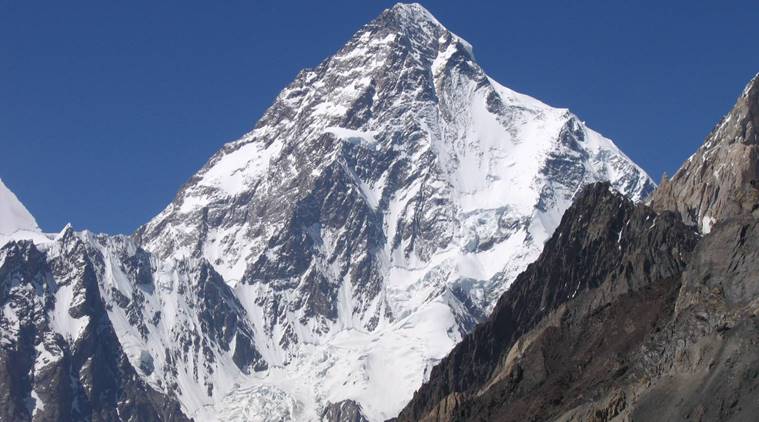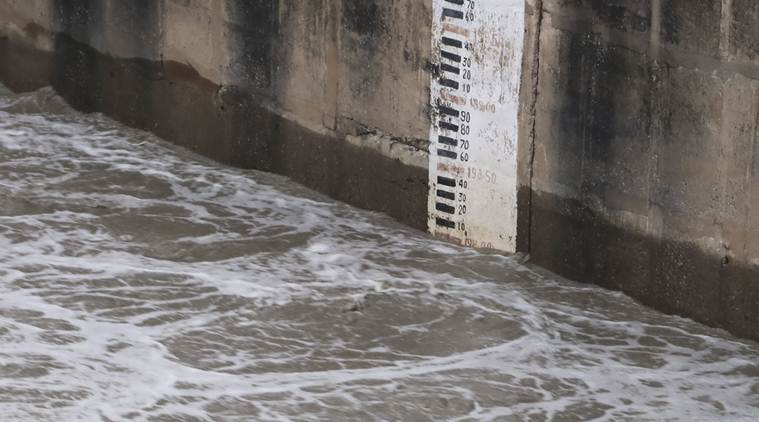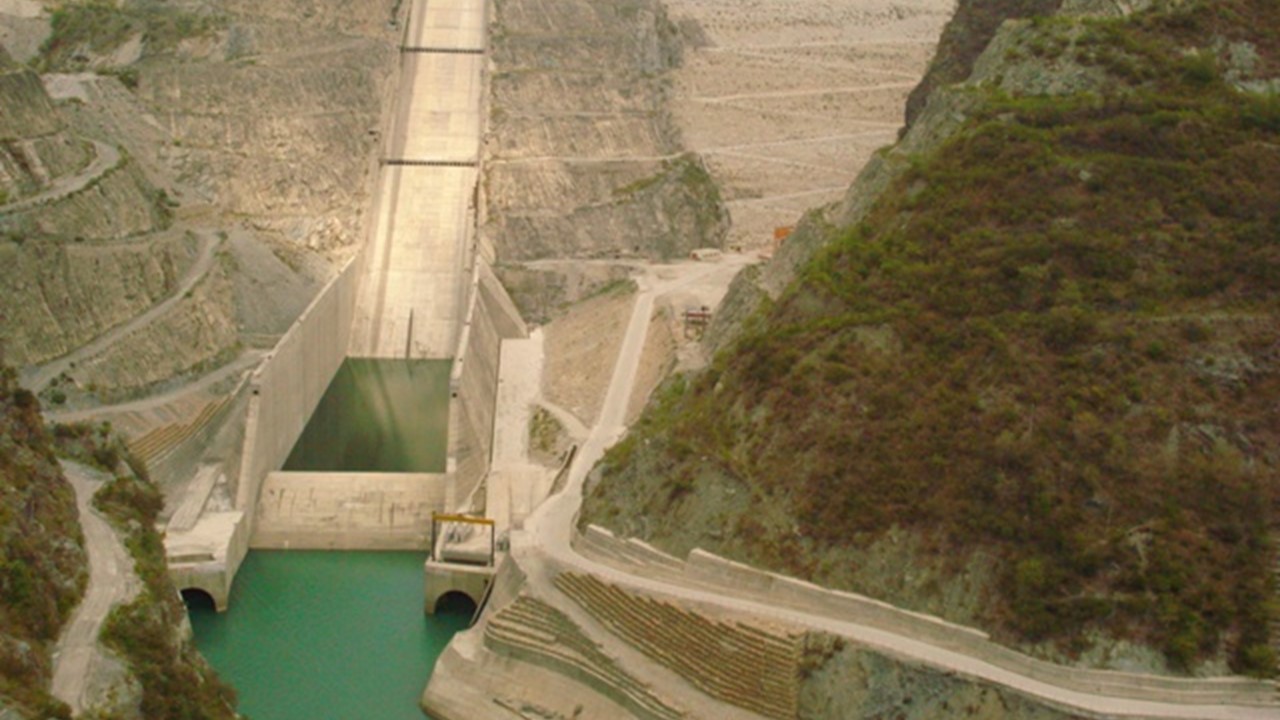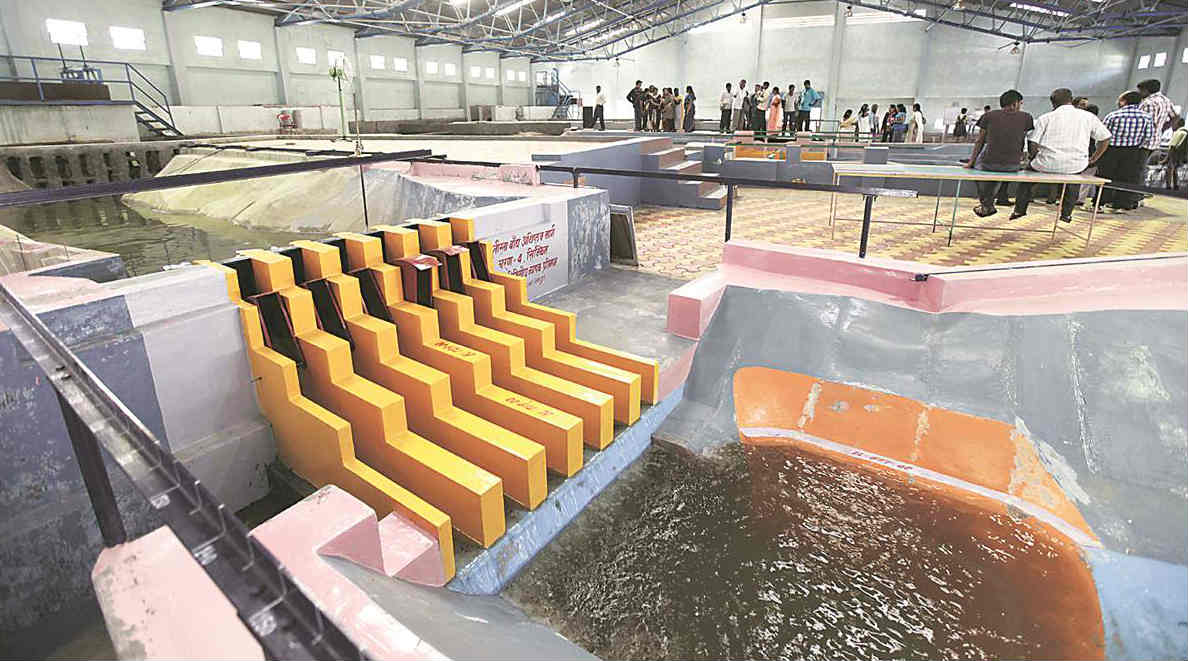World Bank approves dam safety project in India
The World Bank has approved a $250 million project designed to improve the safety and performance of existing dams across various states of India - described as the world's largest dam management program.
The Second Dam Rehabilitation and Improvement Project (DRIP-2) will strengthen dam safety by building dam safety guidelines; bring in global experience; and introduce newer technologies. A major innovation envisaged under the project, that is likely to transform dam safety management in the country, is the introduction of a risk-based approach to dam asset management that will help to effectively allocate financial resources towards dam safety needs.
The project will be implemented in approximately 120 dams across the states of Chhattisgarh, Gujarat, Kerala, Madhya Pradesh, Maharashtra, Manipur, Meghalaya, Odisha, Rajasthan, and Tamil Nadu, and at the national level through the Central Water Commission (CWC). Other states or agencies may also be added to the project during project implementation.
“This is the world’s largest dam management program. Its objective is to break the costly cycle of ‘build-neglect-rebuild’ which characterizes the operations and maintenance of infrastructure across sectors,” said Junaid Ahmad, World Bank Country Director in India. “The expected outcomes will be game-changing: sustaining the livelihoods and food security of millions of Indians who depend on irrigated agriculture and enabling farmers to shift out of pumping groundwater, thereby, reducing energy consumption and greenhouse gas emissions. This program can act as a lighthouse for other countries tackling the challenge of managing hydraulic infrastructure.”
Since project effectiveness in 2012, Government of India has been implementing the World Bank-supported DRIP-1 (US$279 million) and Additional Financing (US$62 million). This project has improved the safety and sustainable performance of 223 dams in six states of India and one central agency.[Read More]


























